A city within the city. Sant Pau is the world’s largest Art Nouveau complex, as well as being the most important work by Lluís Domènech i Montaner, the architect of Modernisme, the Catalan Art Nouveau.
Declared World Heritage by the UNESCO in 1997 for its singularity and artistic beauty, the Art Nouveau Site comprises an architectural complex of 12 pavilions set in green space and interconnected by a kilometre of underground galleries.
What does the visit include?The visit begins in the hypostyle hall, or hall of columns, originally home to the Hospital’s emergency service. A series of the tunnels leads to the Sant Salvador Pavilion, the first building to be brought into operation in 1916. Here, you’ll learn about the history of the old Hospital de la Santa Creu i Sant Pau and discover the work and career of Lluís Domènech i Montaner.
The visit continues to the gardens. As you walk among the plants and flowers, you’ll discover how nature was a source of inspiration for the Art Nouveau and played a vital role in helping patients to recover.
What was life like in this former hospital in the nineteen-twenties? What kind of medicine was practised in Barcelona? You’ll find out when you visit the Operations House and the Sant Rafael Pavilion, with a historical recreation and the exhibition Patient and Doctor, from Narration to Objectivity.
The tour ends in the Administration Pavilion, the most outstanding building on the site. You’ll be amazed by the various heritage spaces, full of light, colour, mosaics, sculptures and a wealth of decorative detail.
The recommended itinerary may vary according to availability of spaces.




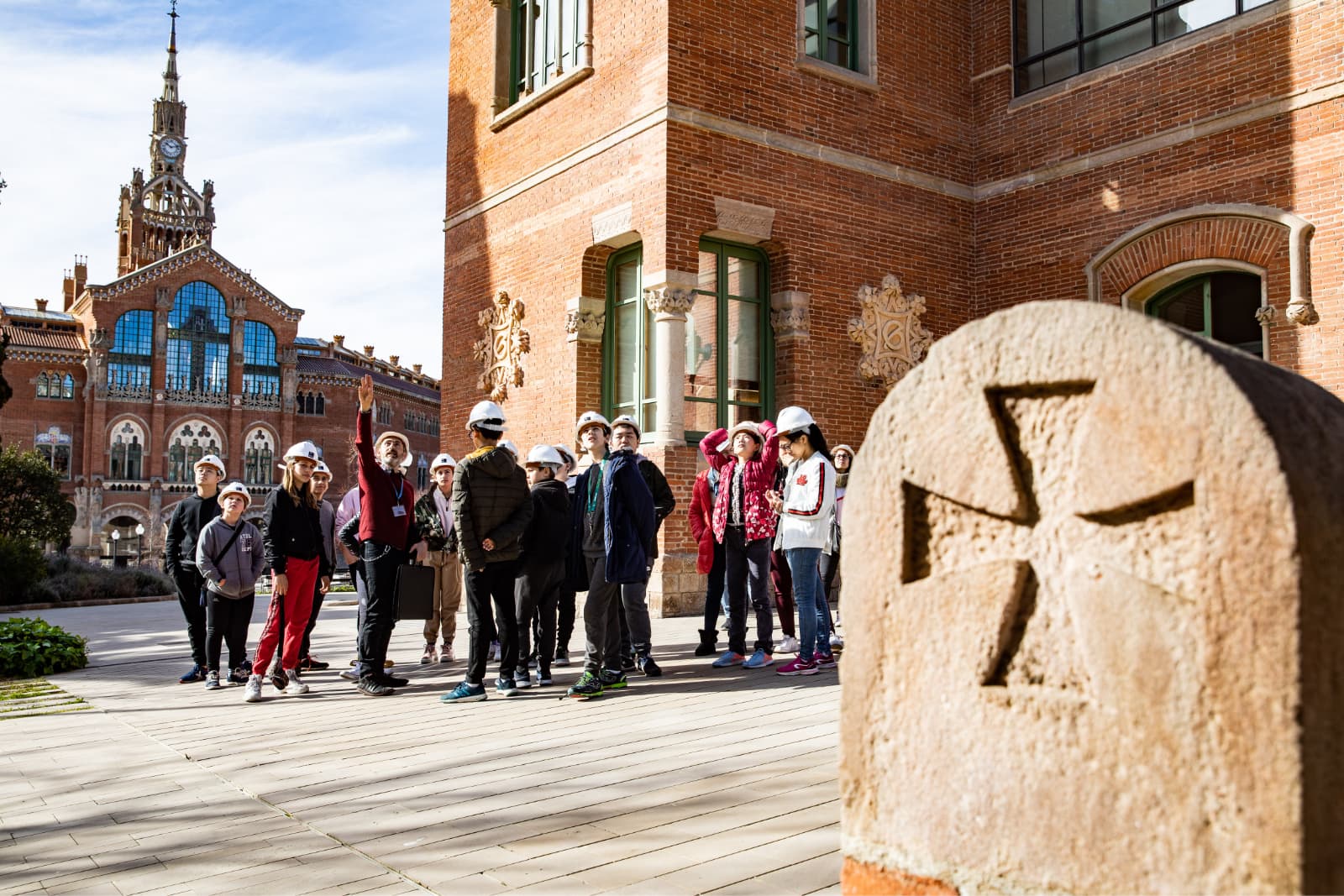
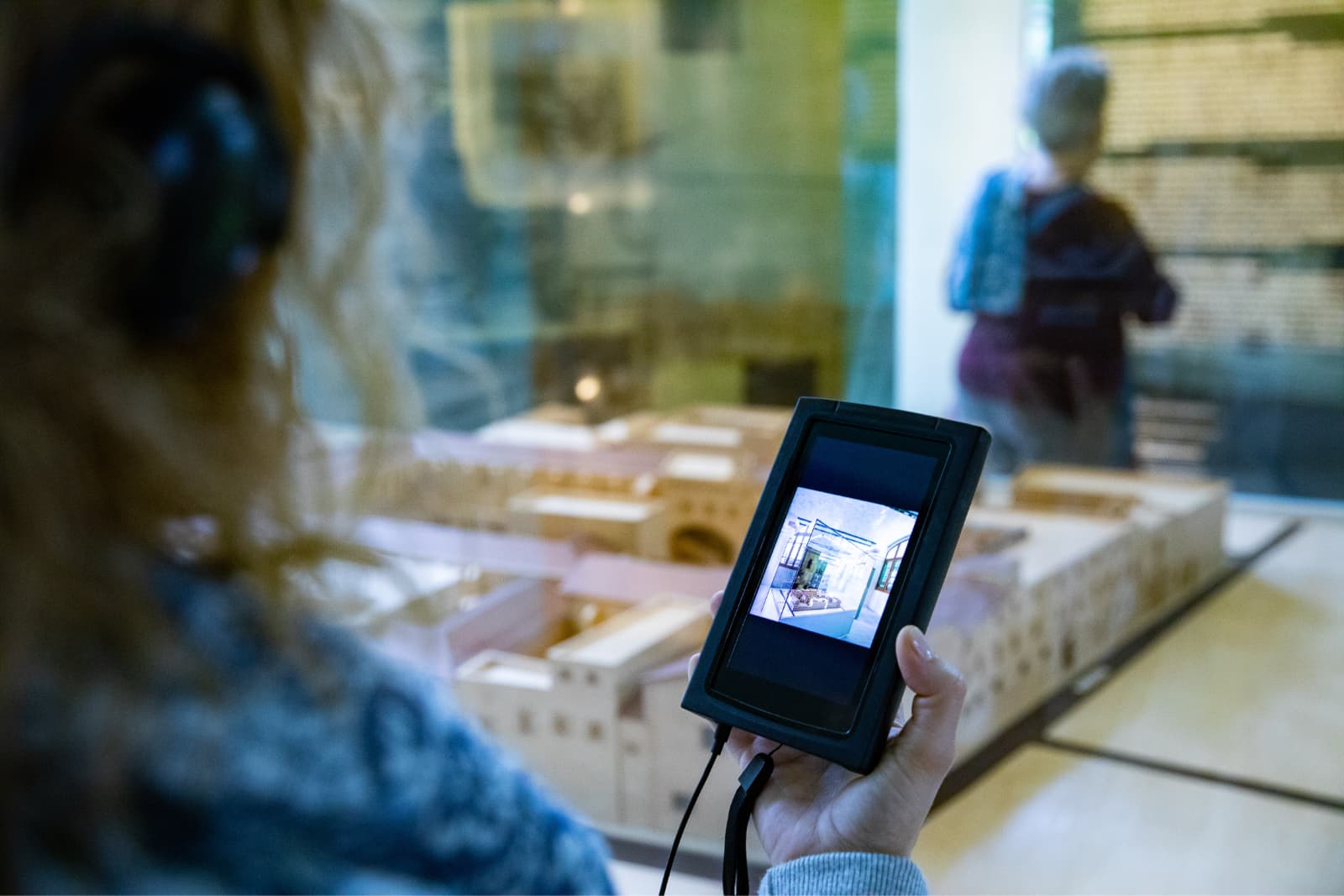
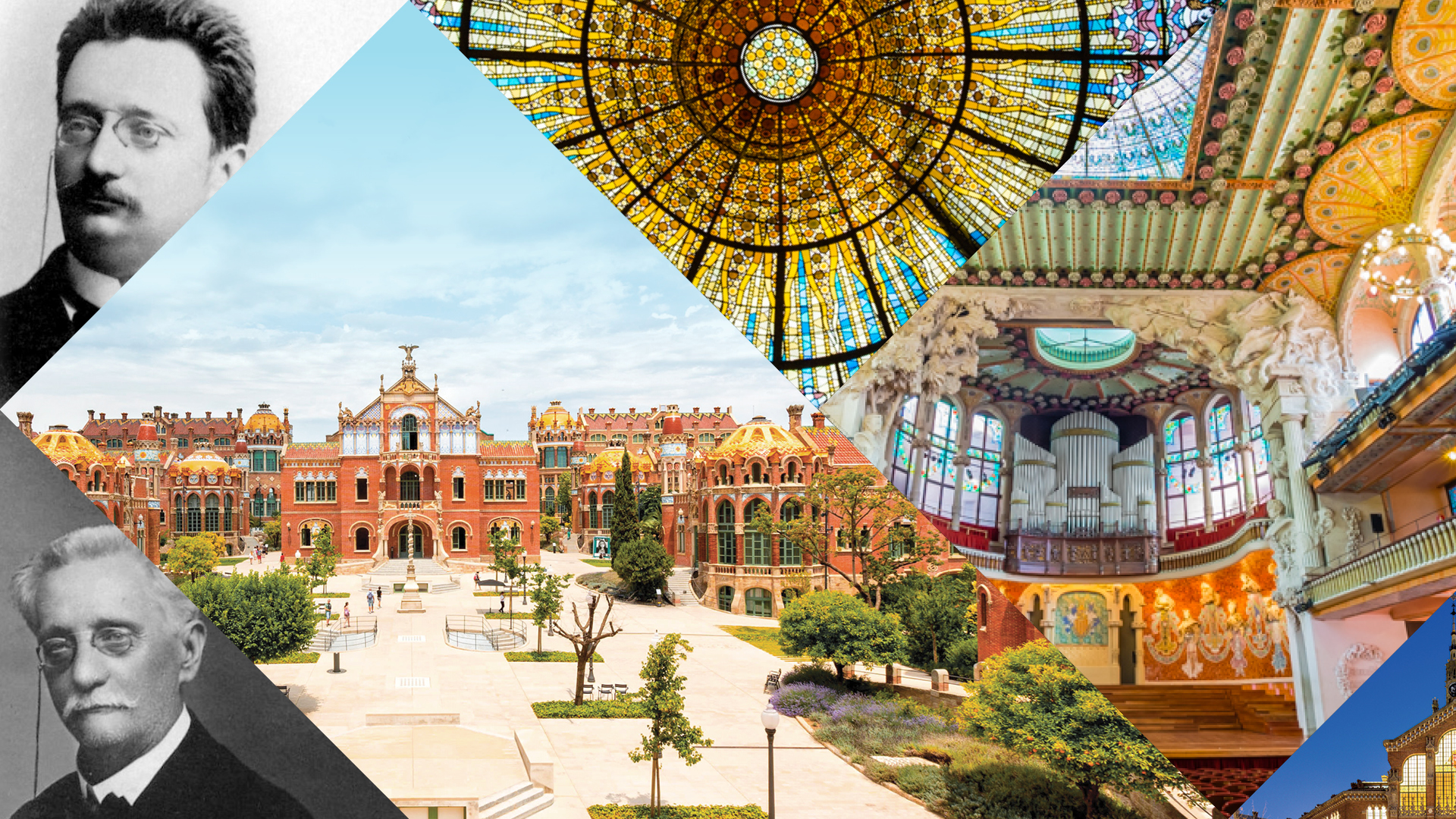
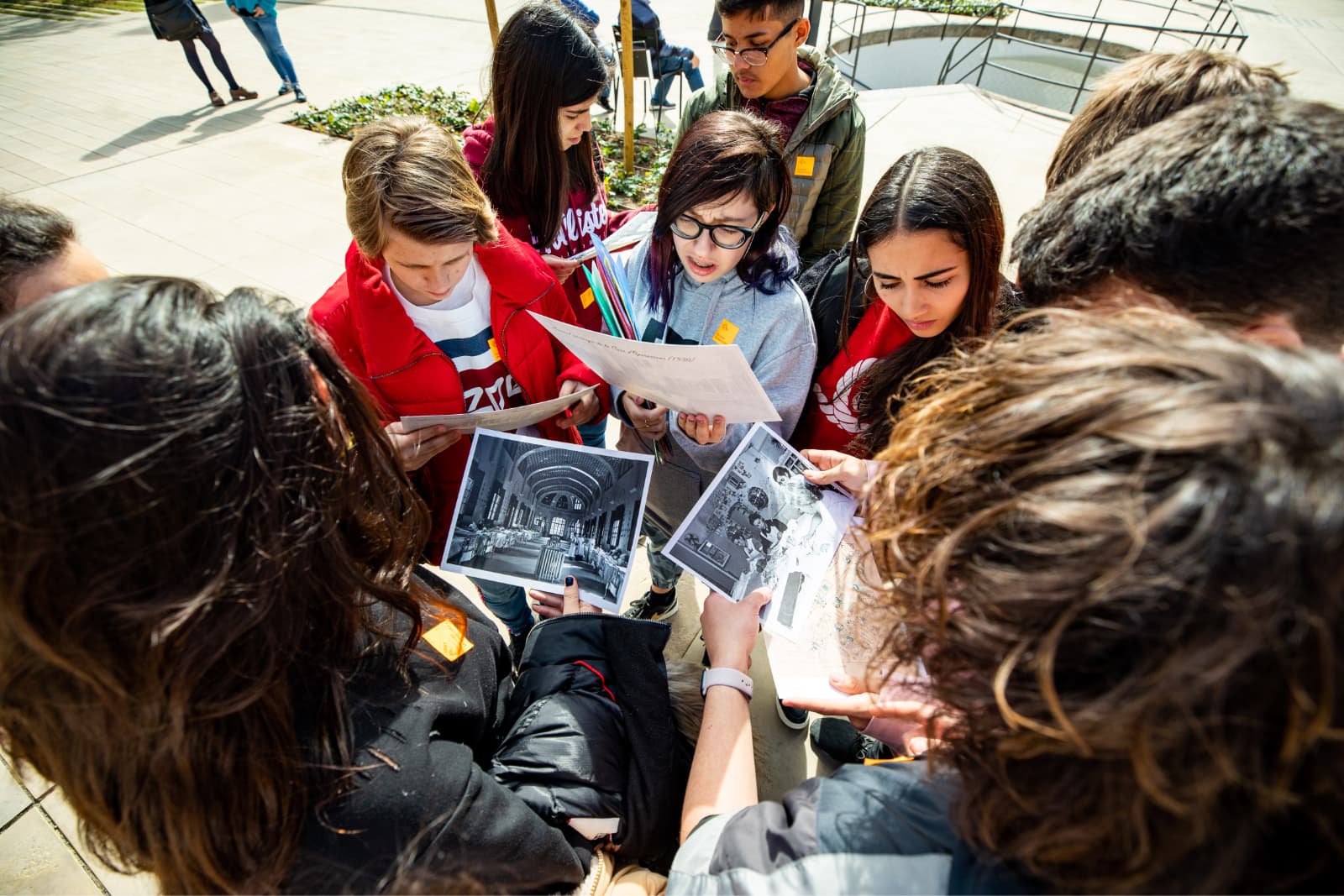
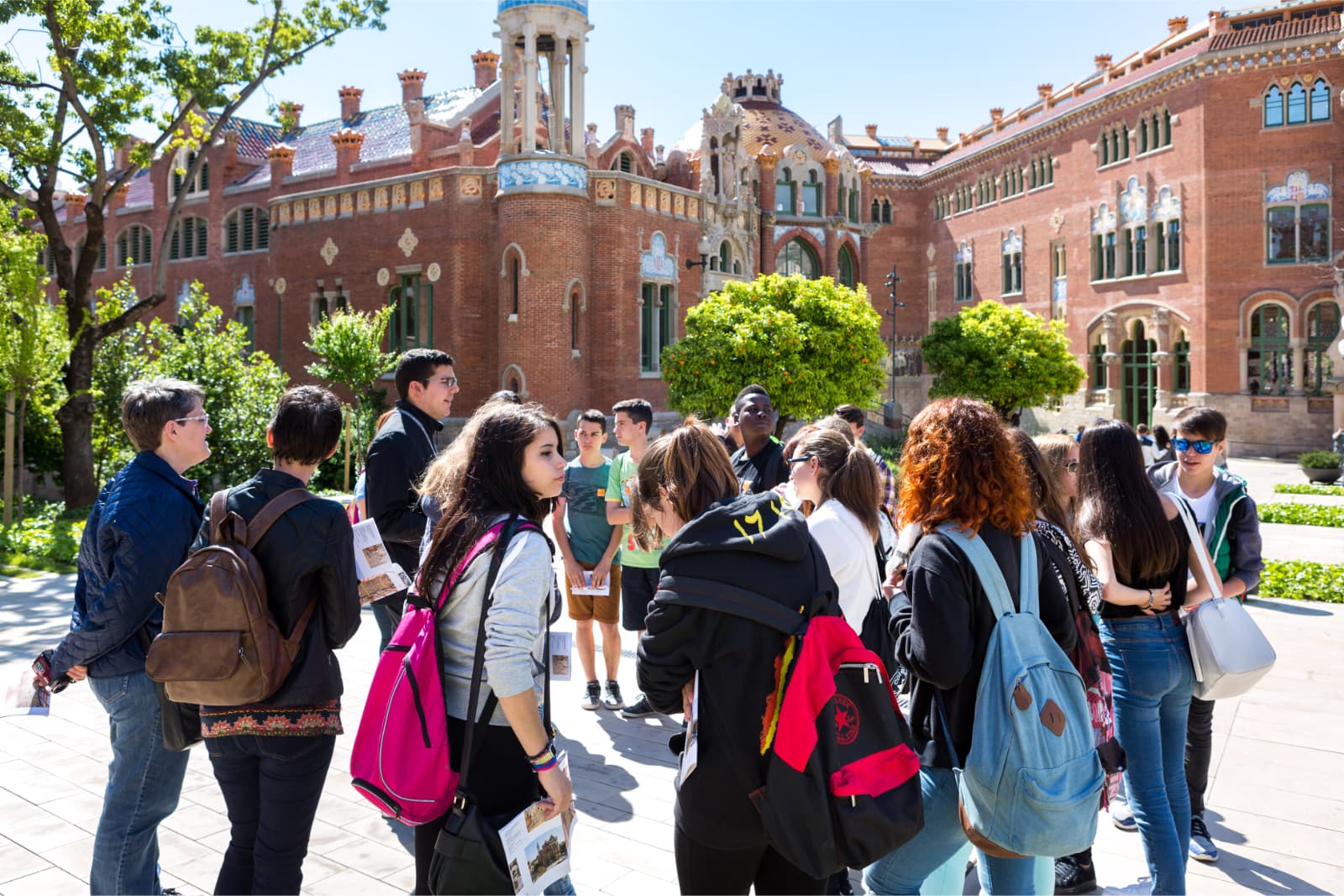

 Tickets
Tickets


